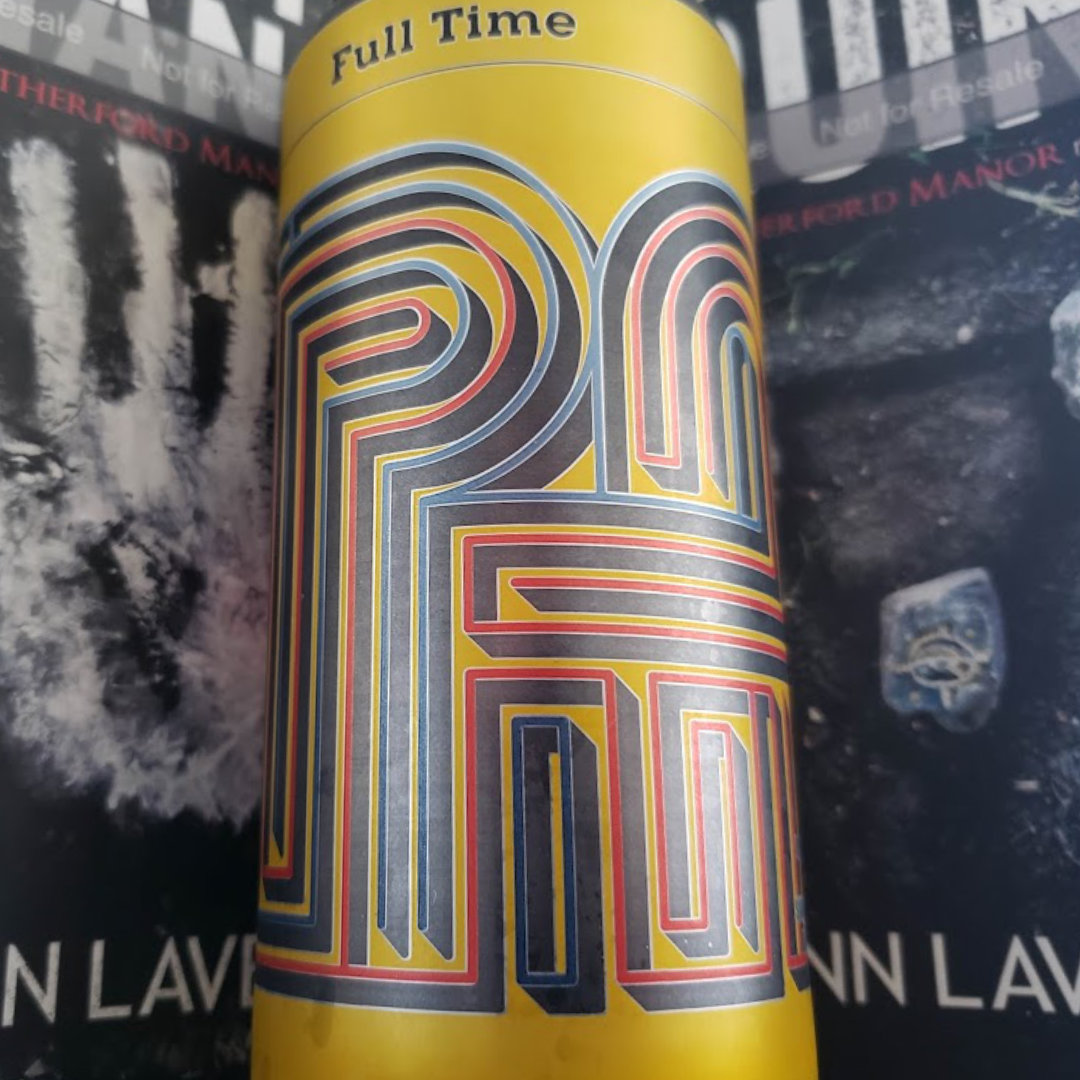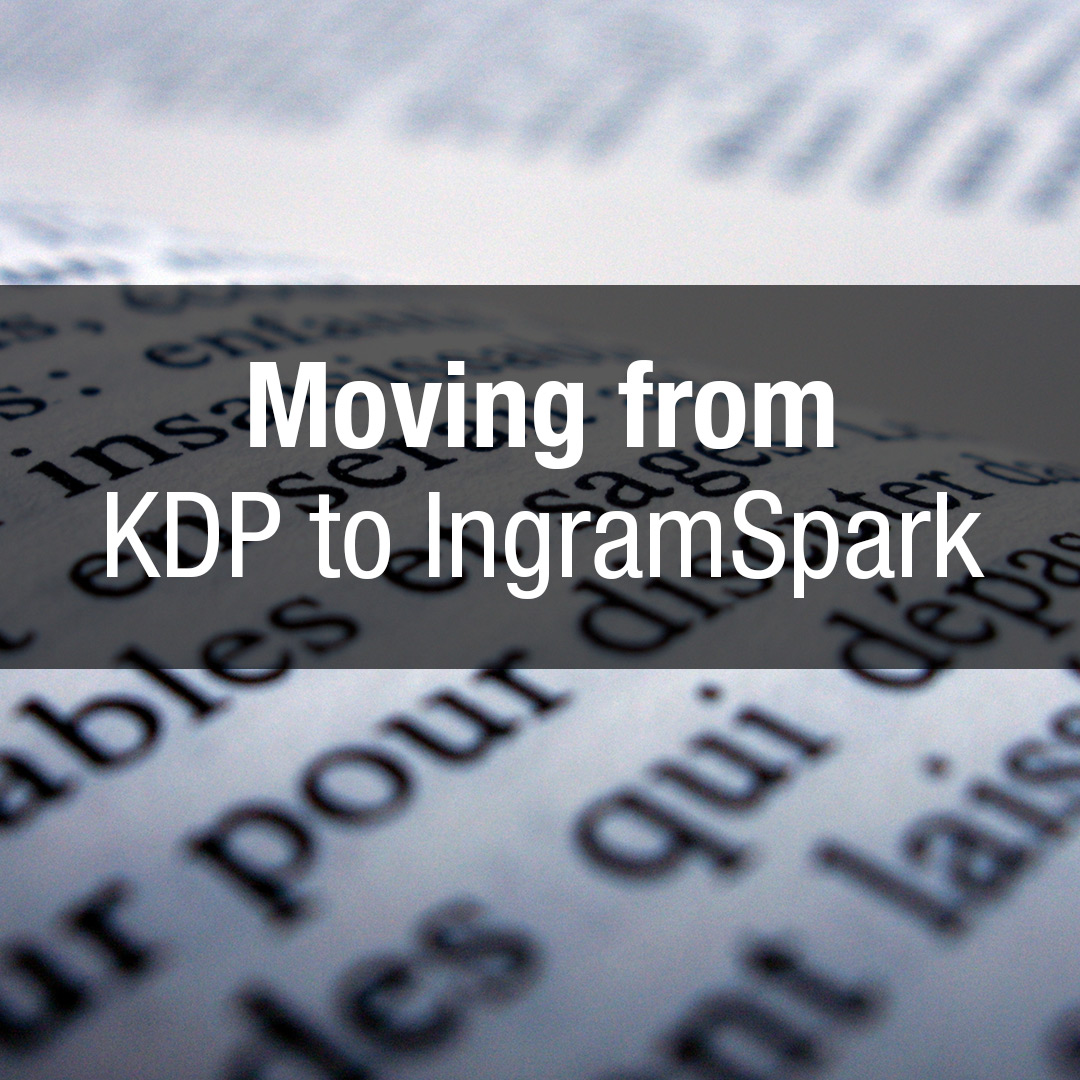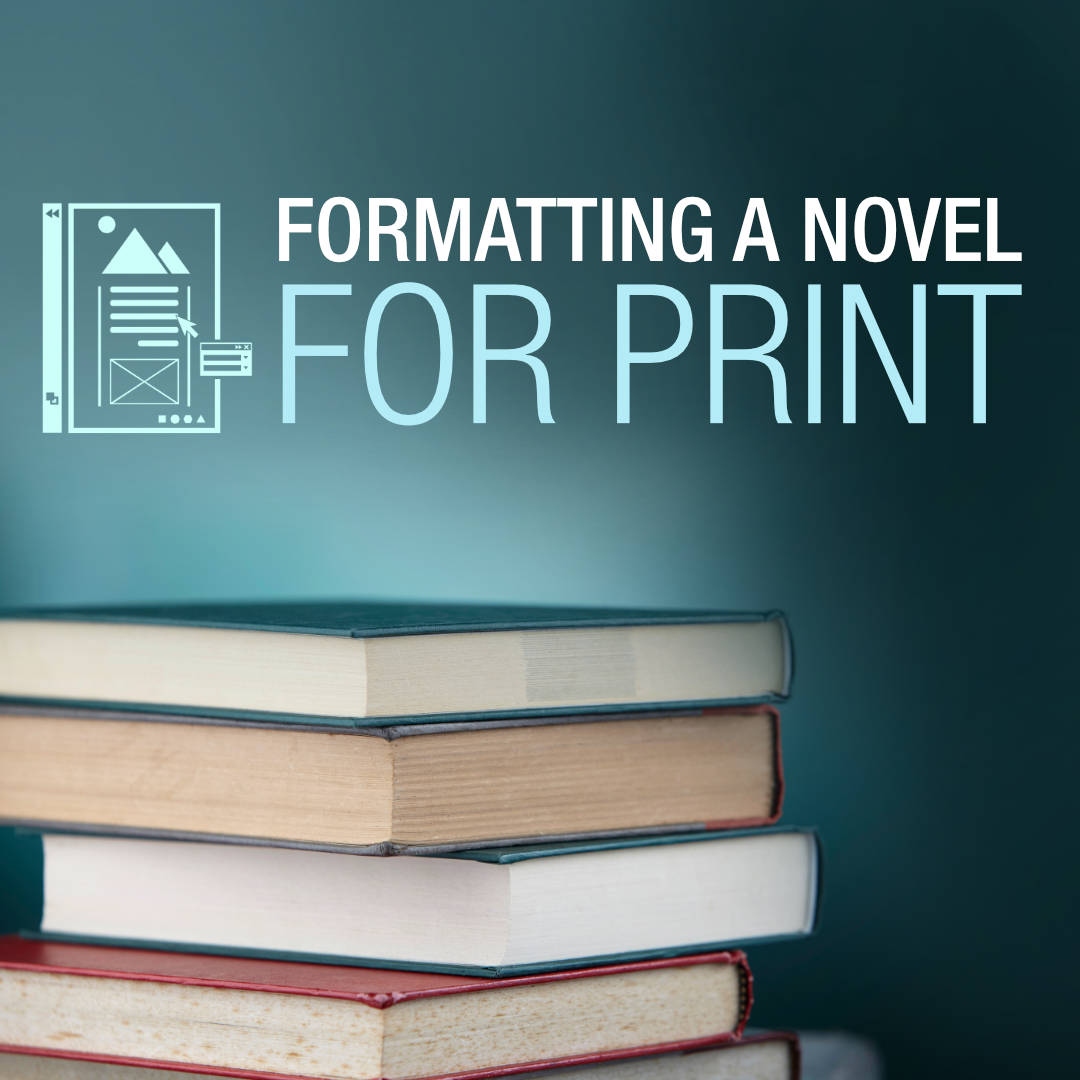
Formatting a Novel for Print
Estimated Reading Time:
As an indie author, or as a small press, you may find yourself needing to learn about formatting a novel for print. There are lots of applications out there, and detailed tutorials that can show you how. In the end, layout and formatting is a skill that a graphic designer would know. That doesn’t mean that you can’t learn the basics to save some time or money. If you can afford to hire a designer, I would recommend going this route. A graphic designer adds an extra level of polishing when it comes to formatting a novel for print.
This blog post is a complimentary piece to the previous series that I had written called DIY Graphic Design for Authors. In there, we talk about a lot of design theory, tools, technicalities, and why you might have to do graphic design on your own.
Author DIY Graphic Design Series

Print Terminology
Formatting a novel for print requires knowledge of terminology found within the print industry. These terms are in the Author DIY Graphic Design Tools and Technicalities post, where we discussed print specs. I highly recommend reviewing the terminology so you can understand some of the following resources.
Choosing A Print Shop

We will briefly cover selecting a print shop option. There are different ways you can go about printing your novel, such as finding a local printer in your area. Your choice will depend on the area that you are living in, and you will have to talk to your printshop individually.
Online, you can find distributors such as:
Each of the websites mentioned above offers print-on-demand services. For the sake of this article, we will say that you are going with Amazon’s KDP. There, they have a list of resources describing what you canon cannot do and what is required for you to print with them.
Knowing Your Genre When Formatting a Novel for Print

Okay, you have your printshop picked, now you need to know what type of book you want. Amazon has a particular page on the resource that outlines your different print options. You can pick various options based on what you’d like. However, it is also crucial for you to know what readers would expect.
For example, non-fiction softcover books are generally larger than fiction, sitting at 6”x9”. Fiction books are often smaller when it comes to softcover books. Note that Amazon will only do softcovers. Websites like blurb offer a hardcover option.
Ask yourself, what type of book are you formatting? If it is fiction, what kind of genre? You will see on Amazon’s print options that you can print on white paper or cream paper. You can also change the cover paper type from either gloss or matte. These options will let you add your personal touch. For example, a cream paper might work well for fantasy. White Paper could work well for a thriller.
Take your time in picking your printshop and knowing your print options. The website or printshop that you use may depend on what you are looking for in your print options.
Software for Formatting a Novel for Print
There are plenty of software options out there. The industry standard is Adobe InDesign. You can subscribe to their Creative Cloud to obtain the software. Keep in mind, it can be pricey. There are other options out there as well, such as:
There are more out there as well, but these are some of the most common formatting software. All the ones mentioned do cost money. If you know of some freeware, please mention it in the comments and I’ll add it into the list. Chances are you are writing your book in Microsoft Word. It is not the best tool for formatting, but it is possible.
You will need to do self-learning. The level of learning will depend on your existing skill-base and the software that you are using. The interfaces do vary. Thankfully, a lot of them do follow the same terminology because there are specific rules to follow when it comes to print.
Using Amazon as an example, they have a walk-through guide on building your book in Microsoft Word or Pages. Note: You can use these articles to help format your book for any print shop. They have some helpful advice.
Getting the Right Specs for Formatting a Novel for Print
Remember, we discussed knowing what type of book you want to format? Your choice becomes essential because you need to know the dimensions to set the file. For example, if you’re working with a book size of 5” x 8”, you’ll want to make sure that the document layout size is set accordingly.
This option comes up automatically when you’re working with software such as Adobe InDesign, or Affinity Publisher. With Microsoft Word, this is under the menu “layout.” Here you’re also able to control the page margins and choose if you need bleeds or not. Chances are, you do not need bleeds unless you have pictures within the book that takes up the full page.
Paragraph Styles

One consistent tool throughout the different software is known as paragraph styles. When you’re formatting a novel for print, you want to be sure to use this tool. In Microsoft Word, it is right on the home tab under styles.
In Adobe InDesign, there is a panel called paragraph styles. The same goes for Affinity Publisher. You want to use paragraph styles for your chapter titles, and the body content of the chapters. In short, you want the following paragraph styles:
- Chapter Title Style
- Content Style
- First Paragraph Style
- Ever notice that the first paragraph in books isn’t indented like the rest of the sections? That is by using a new paragraph style.

Why Paragraph Styles Are Important
When formatting a novel for print, paragraph styles will ensure that the entire book follows the same typography throughout. If you ever need to adjust, you edit the style, and it updates throughout the whole document. Sometimes as you are formatting a novel, you find that you might not like font size, or the particular typeface you are using. If you stick to using styles for that say, the chapter title, then updating all chapter titles, will be easy.
Another benefit of using paragraph styles is you can automatically create a table of contents if you need it. The feature is beneficial if you are working with non-fiction, where a table of contents is typical.
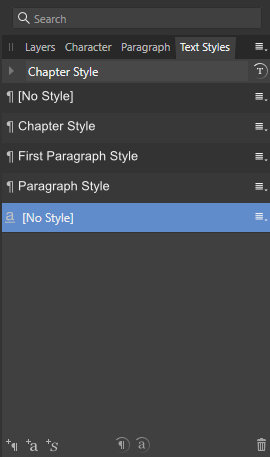
Choosing the Right Typeface
There’s a whole article in the author DIY graphic design series that covers typography. In short, more often than not, you want to use a serif font for your content style. For chapter styles, you can use a sans serif. For the content style, be sure to use justified text.
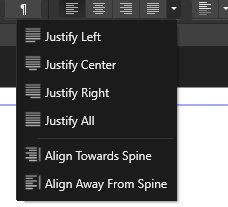
Covers

The cover design is a whole other topic. We’ll briefly go over it by explaining that you need the cover, the back design, and the spine design when you’re working with print. The back of the book often contains the synopsis of the novel, the ISBN code, and the author’s website.
The spine is trickier because the total page count defines its width. So technically, you cannot create the spine until we know the total page count of your book. The spine’s width is why formatting the interior of the novel before the cover, back design, and the spine is essential.
Using Amazon as an example again, they have a paperback cover template that you can use once you know your total page count. There, it will provide a template for you to use that has margins, bleeds, and the full-size of the cover. It is a convenient tool because the interior also changes size based on the paper type such as cream or white.
Choosing the Right Design for Your Formatting
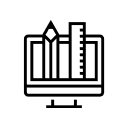
Another struggle that you can run into is knowing what type of layout you want. Here, we go back to knowing what kind of book you’re formatting. Knowing your genre and audience will define what kind of typeface to use, the font size, margins, and all other details. You can also look at other novels for inspiration. Look at your bookshelf, or go to the bookstore, and flip some pages inside a book to see how they are formatted.
Proofs
If you have a printer at home, it is quite helpful to print one page of the interior to see what it looks like hands-on. Sometimes when you are looking at a screen, you can get a distorted view of what the page will look like in its final form.
Most online services, and even print shops, will give you a proof copy. The proof will let you confirm correct sizing, formatting, and all other nitpicky details. I highly recommend ordering a proof copy when you are formatting a novel for print.
Summary
We’ve covered a lot in a short amount of words. Truthfully, formatting a book is a lot of work. Chances are you will make mistakes on your first go. Be patient, remember that you are learning something new, and be sure to search for tuotrials that can help you with the software that you are using. For more insight into graphic design, be sure to check out the previously written articles.

About Konn Lavery
Konn Lavery is a Canadian author whose work has been recognized by Edmonton’s top five bestseller charts and by reviewers such as Readers’ Favorite, and Literary Titan.



